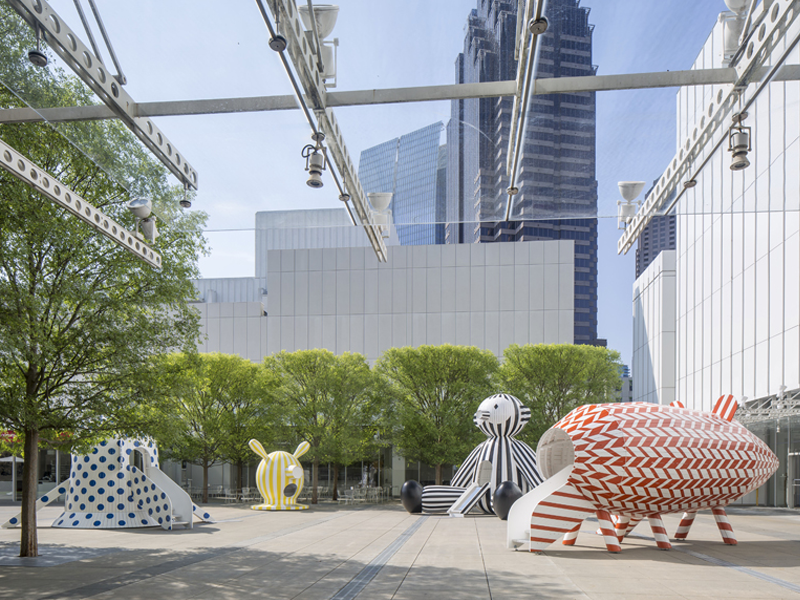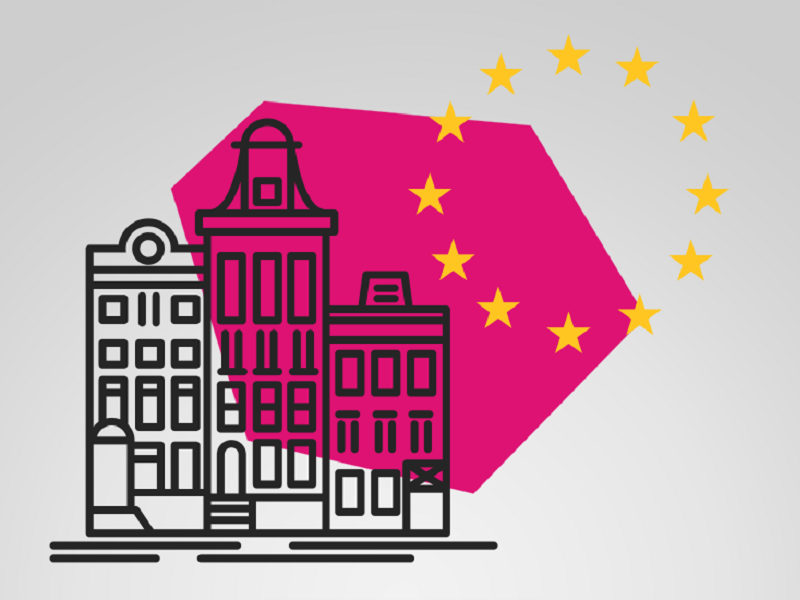
MAKING THE MOST OF CULTURAL AND CREATIVE RESOURCES
The Creative Towns and Regions Initiative was launched in 2016 by the European-Union-Eastern Partnership Culture and Creativity Programme, funded by the European Union and implemented by a consortium led by the British Council in partnership with the Soros Foundation Moldova, the National Centre for Culture of Poland and the Goethe-Institut.
‘Cities,’ writes Charles Landry in The Creative City: A Toolkit for Urban Innovators, ‘have one crucial resource — their people. Human cleverness, desires, motivations, imagination and creativity are replacing location, natural resources and market access as urban resources. The creativity of those who live in and run cities will determine future success.’
But cities don’t stand still, and while some are shrinking and losing importance in the urban hierarchy, others are expanding and gaining new economic prosperity thanks to the ingenuity of newcomers, and to a mix of bold investments in cultural buildings and precincts, coupled with large infrastructural improvements. Since the recent global financial crisis, there is evidence that culture-led urban regeneration initiatives are beginning to have a positive impact on smaller cities (there is already a vast body of evidence of impacts on large cities and metro-regions). By focusing their resources on promoting their unique cultural identity and creative economy, these smaller centres are successfully reinventing themselves.
However, when it comes to urban and cultural policies there is no such thing as ‘one size fits all’. Each place has its own idiosyncratic way of working and its own cultural DNA. Here the question of which is the best way of providing policymakers, civic leaders and creative practitioners with the evidence and frameworks of analysis necessary to improve the understanding and awareness of a place’s unique creative ecology becomes central to our work.
By creative ecology we understand an interconnected system of community, educational, recreational, arts, cultural and entertainment, professional organizations, institutions, and businesses that, through individual and collaborative ideas, activities and programmes, make up the creative fabric of a city.
The Creative Towns and Regions Initiative deals in particular with smaller places. This is because it is becoming increasingly clear that despite well-established trends towards a globalizing economy, innovative activity is becoming more, not less, concentrated in city-regions and the smaller places populating those regions. Indeed, smaller cities occupy what some observers have identified as a cultural ‘third space’, positioned as they are in the shadow of large cosmopolitan cities yet still bound by rural history and traditions. The key comparative advantages of small cities are: accommodating to new migration patterns (e.g. especially those towards 5 peri-urban areas); establishing growth-oriented social and economic networks; linking local planning to the cohesive communities agenda; dealing successfully with the questions of cultural diversity and cohesion; promoting the multiple faces and cultural layers of the city; generating a strong sense of place, and taking advantage of scale to promote community engagement and civic pride.
In particular, if smaller urban centres are to prosper and maintain their identities — in the face of mass cultural influences, big cultural events and large crowd-pulling retail spaces — they need to think critically about scale, space and place. They need to tell their own stories in a way that is compelling and at the same time forward-looking. In essence, they need highly nuanced ‘creative city’ policies capable of establishing urban climates that nurture and celebrate artistic creation, experimentation and openness (fertile ground for innovation spill-overs in the broader economic and social spheres). In addition, smaller centres enjoy much more scope for overcoming their constraints because they can be more agile, more in touch with their creative base and are better placed to close the gap between thought (strategy or policy) and action because they can potentially be less bureaucratic.
Essentially, with its six pilots, The Creative Towns and Regions Initiative sets out to test new methods and approaches to enabling smaller places (and their regions) to improve awareness of their distinctive cultural resources together with the variability of their unique economic foundations. Building creative cities is a slow process, the outcome of which cannot be guaranteed or preordained in advance.
So rather than applying formulaic ‘creative city’ initiatives that may have worked in larger metropolitan areas (or in core regions) in the past, these methods point to innovative ways of mainstreaming creativity by balancing cultural consumption with production, cultural niche tourism with heritage attractions, regeneration with quality of life and opportunities for meaningful creative employment in vibrant, outward-looking, tolerant places. The opportunity smaller cities offer is that they can more easily support sustainable productive interrelationships in the local economy while spill-over effects can be more easily recognized and exploited for improving the local capacity for innovation across the board.
Furthermore, the new economy makes creative clusters and networks within the local economy especially important for innovation and growth. The mapping approach used in the pilots shows how traditional urban characteristics such as density, diversity, turn-of-the-century architecture and vacant industrial, commercial and warehouse space — negative location factors in the old economy — can turn into positives in smaller places.
The Mapping and Strategy Building Handbook for Creative Towns and Regions (By Lia Ghilardi) (EN)
The Mapping and Strategy Building Handbook for Creative Towns and Regions (By Lia Ghilardi) (RU)




